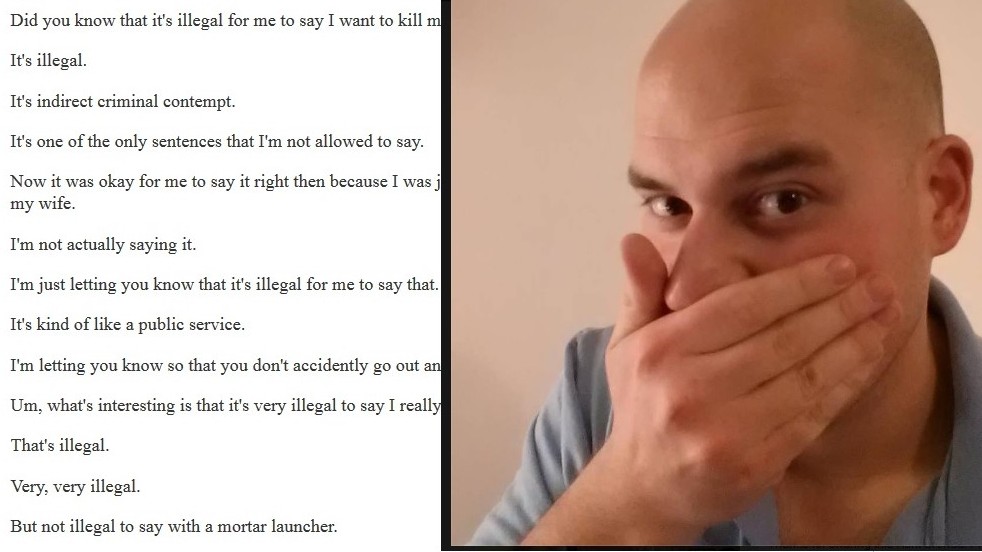Reference


OpenAI's Answer
In the Supreme Court case Elonis v. United States, decided on June 1, 2015, the focus of the Court's decision was primarily on the standard of intent required for a conviction under federal law for making threats through online communications.
The Supreme Court ruled that the government must prove that the defendant, Anthony Elonis, intended for his communications to be interpreted as threats. The Court rejected the lower courts' application of a negligence standard, which would hold someone accountable simply for failing to recognize the threatening nature of their statements. Instead, the Court emphasized the importance of subjective intent, meaning that a person must be shown to have intended to convey a threat for a conviction to stand.
This ruling underscored the balance between protecting free speech under the First Amendment and addressing true threats that are not protected. The Court noted that while true threats are not protected, proving such threats requires more than just a reasonable person's interpretation; it requires a demonstration of the speaker's intent.
For more detailed information, you can refer to the full case summary from Justia.
Follow Up
Related
Lý do chọn đề tài: chứng minh" nhận định hiệu quả kinh doanh bán hàng chỉ thực sự hiệu quả nếu tạo r
What are the main differences between The 25th Ward and its predecessor The Silver Case?
Which platforms have The Silver Case and its sequel been released on?
For this privately held financial services company, a compelling journey of business transformation
What were the main accusations investigated by the special unit in the Temple case?